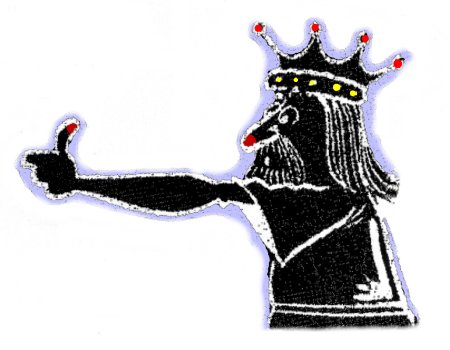 |
Henry the first's yard. |
UNITS & MEASUREMENT |
Home |
 |
Henry the first's yard. |
The Units System you will be using throughout this Course are Systeme International abbreviated to S.I.
For refrigeration science the following units are the basic units. All others are derived from these:
|
Length |
= metre | (m) |
|
Time |
= second | (s) |
|
Mass |
= kilogram | (kg) |
|
Temperature |
= degree kelvin | (K) |
Multipliers
Multiplying the basic units by values of 10, or dividing by the same amount enables us to produce a useful series of "shorthand" units which remove the need for cumbersome numbers. For instance, if we have a distance of 10,000 m to work with then we could soon develop large figures with many zero's. However, if we let 1,000 m be called one kilometer (1 km) then our figure of 10,000 m becomes 10 km - much easier to work with.
There are a whole series of these multipliers and sub-multipliers which are used.
The "standard form" of these multipliers puts the multipliers and sub-multipliers into powers of 10.
For instance:
|
1 km |
= 1,000 m | |
|
1,000 |
= 10 x 10 x 10 | = 103 |
|
1 km |
= 103 m. |
Example
Is there any method of abbreviating the following very cumbersome number yet still keep the units in mm?
The answer is yes !
It can be written as 5 x 10 x 10 x 10 x 10 x 10 x 10 and putting the 10's into index form
| Convertion factors |